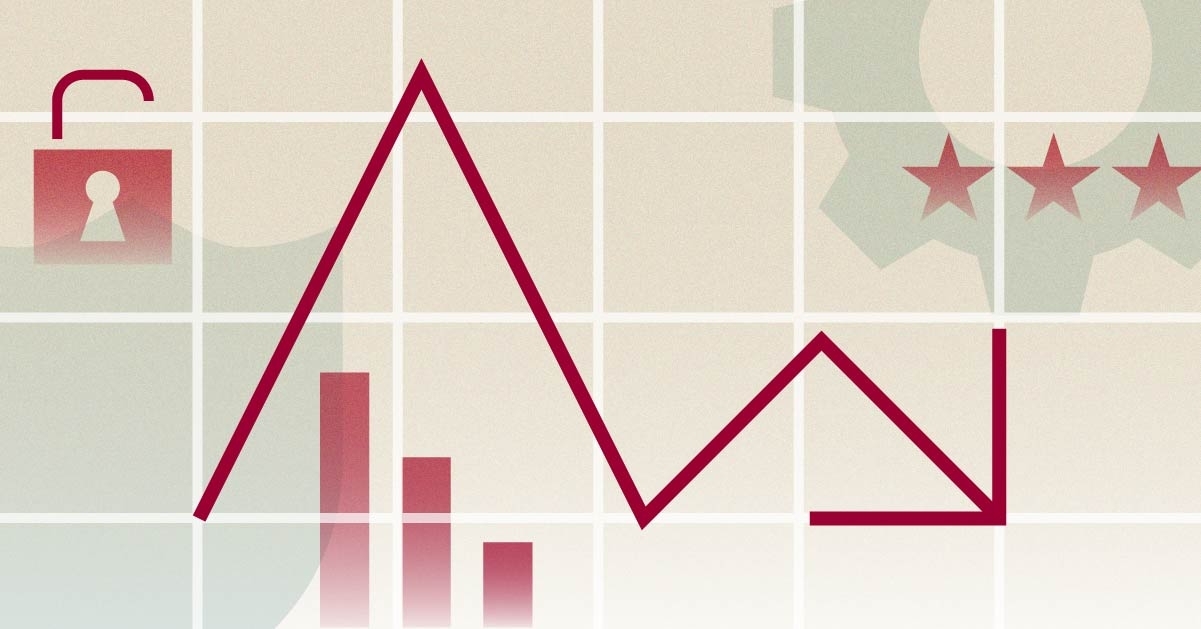In a climactic finish to a year of debate, the US House of Representatives passed comprehensive health reform legislation late Sunday night. The bill was passed by the Senate last December, and as such will head directly to President Obama for his signature without another vote. The House also passed a package of relatively small changes to the original Senate bill, which now heads to the Senate. The main details of the reform legislation haven't changed from the expectations built into our models, and we do not anticipate changing any fair value estimates as a result of this bill's passing.
According to the non-partisan Congressional Budget Office, the final bill--including the package of changes anticipated to be passed in the Senate--is expected to reduce the number of people without health insurance by 32 million by 2019. That will still leave 23 million people uninsured, or about 8% of the non-elderly population. A significant portion of the remaining uninsured will be illegal immigrants. By 2019, the number of people receiving employer-sponsored and individual insurance is expected to decline by about 8 million, which is more than offset by 16 million new people in the Medicaid programme and 24 million people purchasing private health insurance through newly established insurance exchanges.
The cost of expanding insurance coverage is estimated to be $938 billion over the next 10 years. About half of that cost is financed by spending cuts, primarily to the Medicare programme. The other half is financed by increased taxes. The bill is expected to reduce federal budget deficits by $143 billion over the next 10 years and by 0.5% of gross domestic product over the subsequent 10 years.
Under the bill, most Americans will be required to carry health insurance or else will be subject to a tax penalty starting in 2014. The penalty will be phased in, but by 2016 it will be the greater of $695 per person or 2.5% of taxable household income. Anyone earning less than 133% of the federal poverty level will be eligible for Medicaid. Individuals earning between 133% and 400% of the federal poverty level will be eligible for federal subsidies that will cap their contribution to insurance premiums and cost-sharing based on a sliding scale. The bill imposes penalties on larger employers who don't offer insurance coverage and provides tax credits for certain small businesses that choose to offer health insurance.
The final bill excludes a government-run insurance option but has provisions for the government to negotiate certain plans with private insurers and to encourage the creation of non-profit insurance co-ops. The bill creates state-based insurance exchanges where individuals and small businesses can buy standardised health insurance policies. Insurers will be forced to offer a policy to any applicant and can vary premiums based only on age, region, family composition, and tobacco use within defined ranges. Premiums cannot vary based on health status.
The bill also includes a number of provisions affecting various segments within the health-care industry, although the entire industry is expected to see a volume boost stemming from newly insured individuals entering the system. While the impact of many of these provisions is difficult to quantify precisely, health-care stocks should benefit from the improved investor sentiment due to the removal of the regulatory uncertainty surrounding its prospects. The investor focus should now shift on the sector fundamentals and the companies-specific factors, which remain attractive.
Impact on Pharmaceuticals
Pharmaceutical companies are the likely "net winner" of the reform. With the exception of the $85 billion fee the industry will pay over the 10-year period, most of the reform language appears favourable to drugmakers. In addition to the volume boost, the House bill rewards drug companies with a stronger patent protection for biologics and closes the "donut hole," but most importantly doesn't include any provisions that would allow the government to negotiate prices directly with pharmaceutical companies.
Impact on Device Makers
Device-makers are not likely to see as significant of a volume boost from the bill. Additionally, the excise tax to be imposed on this sector appears disproportionately harsh. That said, the device fee will not come into effect for several years, which should give device companies ample time to devise operating strategies to offset its impact. We are anticipating most of this industry fee will be passed on to consumers via price hikes, and even if unsuccessful, device-makers should only see a mild (ranging from low- to mid-single-digit) reduction to their valuations.
Impact on Managed Care Organisations
Managed care organisations (MCOs) will be negatively impacted by reductions to Medicare Advantage reimbursements, although we expected these cuts to occur even in the absence of comprehensive reform. Some of the more profitable MCOs could be negatively impacted by explicit limits on gross margins, although they should be able to offset this effect by reclassifying some administrative costs as medical costs. We expect industry taxes and fees to generally be passed on to customers. On the positive side, MCOs stand to benefit from increased demand for individual insurance. Companies that participate in Medicaid managed care programmes will benefit from expanded Medicaid eligibility.
Impact on Chemists and Suppliers
We expect drugstores and pharmaceutical and medical supply distributors to be net beneficiaries of the legislation, as they gain from increased demand for health-care goods, especially prescription drugs. Diagnostic companies and makers of generic drugs should also see higher utilisation rates, providing strong support to these industries' growth.

























